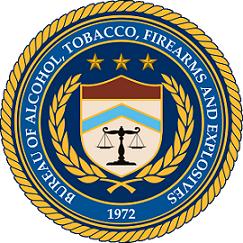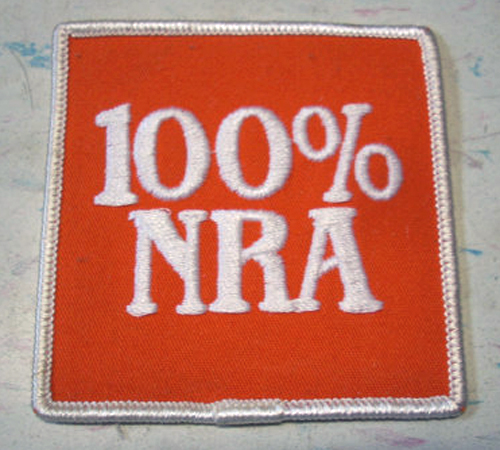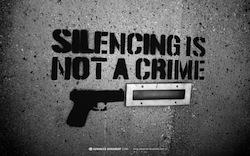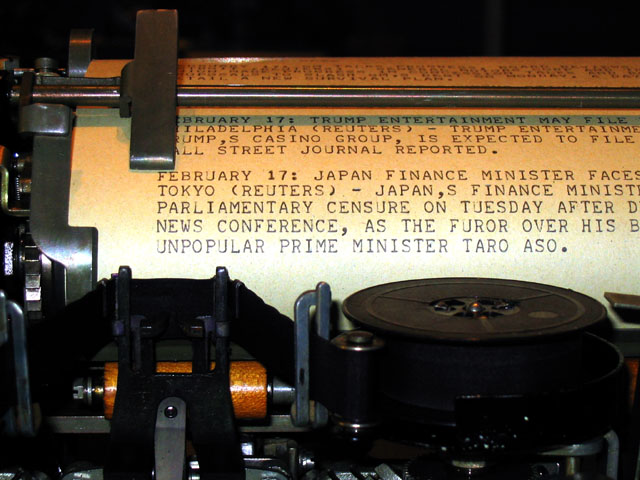This USA Today article gives a peek inside ATF’s huge storage facility in West Virginia which houses all the 4473 paperwork that comes from defunct FFLs. It sounds like there is an effort to make the records electronic, sorted by dealer. Basically, you would look up the dealer and then go through each record of the FFL looking for the correct 4473. Because the individual buyers are not indexed, this technically does not violate the federal law making a registry illegal.
If the out-of-business dealer’s records have been converted to the ATF’s electronic database, examiners can attempt to locate purchasers by tabbing through digital folders organized by former dealer names and then sort through individual sales records to identify individual buyers.
But once those records are electronic, it is exponentially easier to run OCR through every record and compile a registry. There is software out there that do name and address corrections, so even if the OCR doesn’t get everything perfect, you could probably still get a registry that is probably 95% accurate. It wouldn’t be that hard to set up a system that did serial number normalization either. You could get from something perfectly legal to a useful registry in a matter of hours with the right systems in place.
The article mentions the large number of traces the office is getting, increasing year-over-year. A lot of anti-gun politicians have been forcing these “trace every gun” policies on their police departments, whether the trace is really needed for the purposes of an investigation or not. Kind of convenient, isn’t it, that the volume of requests coming into ATF has them crying for more money to digitize more and more records.
Now obviously this registry would not be complete, because it would not include private transfers, but they are doing their level best to work on that side of the equation too.







